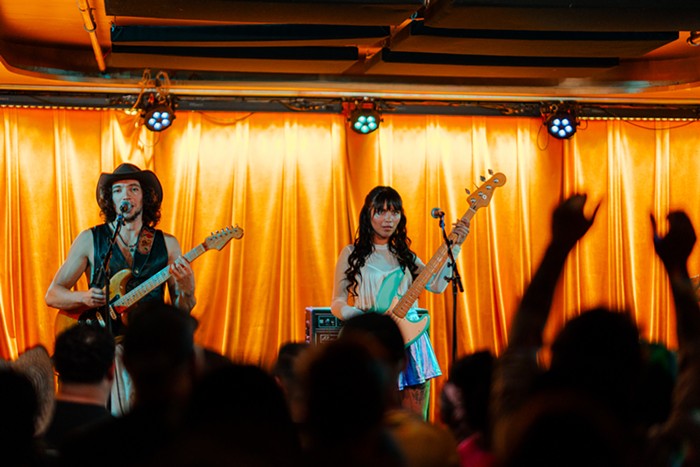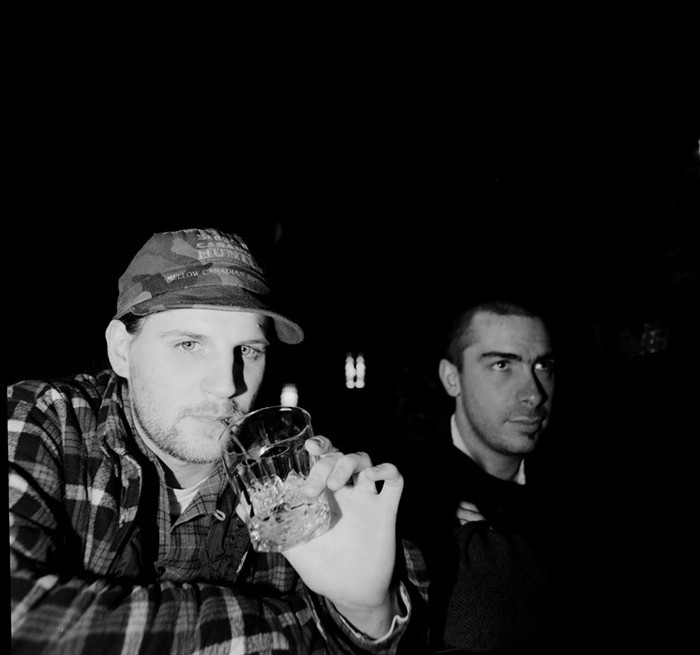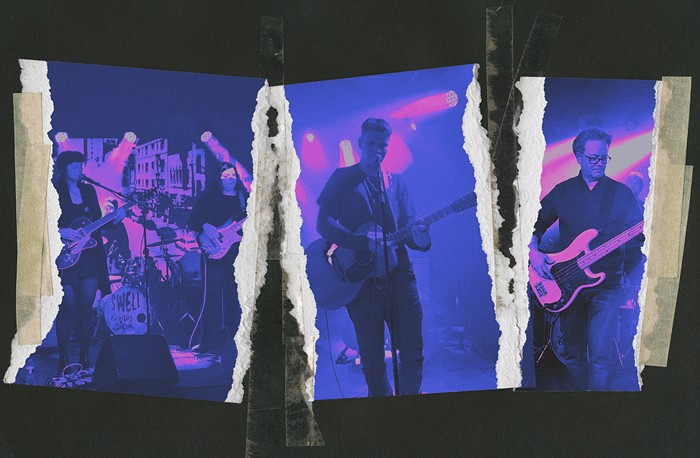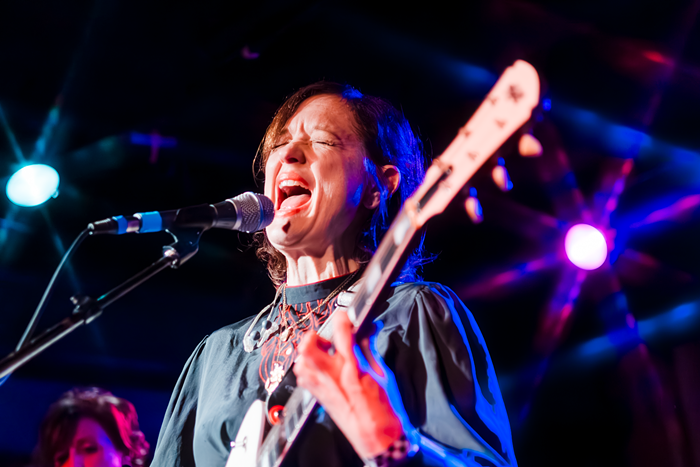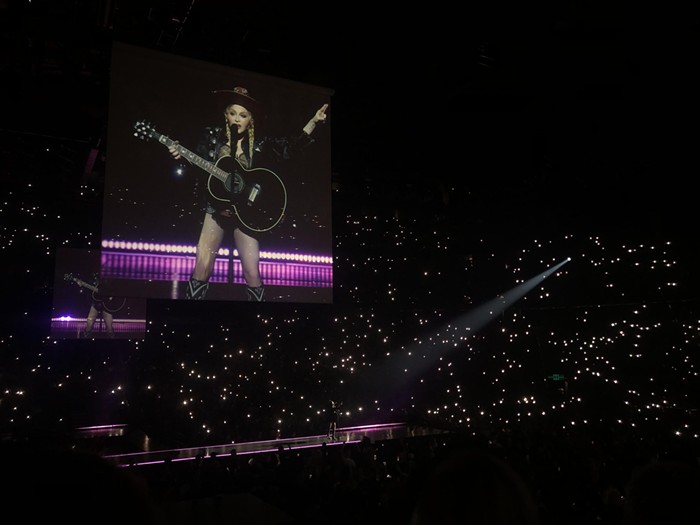Robert Glasper is a jazz pianist who is closely connected with the most progressive schools in hiphop and soul. His rise began in 2005, when he signed to the venerable Blue Note Records and released Canvas, a collection of crisply produced compositions (all but one by Glasper) that do not break with standard jazz. His second album with Blue Note, In My Element, expanded into hiphop territory. The first half of his third album, Double Booked, went back to the jazz tradition as the Robert Glasper Trio, while the second half went forward into the hiphop present as the Robert Glasper Experiment. His latest, Black Radio, released earlier this year, is basically an extension of the second half of Double Booked.
What distinguishes Glasper, who was raised in Houston and educated at a number of art schools, is his ability to successfully fuse hiphop and jazz. One of the reasons for this success can be found, I think, in his recognition of the differences between the forms. Jazz is one thing; hiphop is another. So often, jazz musicians or hiphop producers guide their experiments with the bad idea that the two forms are closely related—part of a smooth and unproblematic continuum. This kind of thinking almost inevitably results in a mess of a jazz that sounds nothing like hiphop or hiphop that sounds nothing like jazz. Glasper knows that any experiment in blending these forms needs to be sensitive to their real dissimilarities. In a 2007 New York Magazine article, "Elegy for Fort Greene," Glasper states: "Playing in a hiphop setting requires more discipline than playing jazz... You have to learn how to duplicate that sample, playing the exact same thing over and over again with the same inflection." Jazz is much less rigid and more expressive than hiphop.
The truth of this insight needs to be shared with anyone who is under the impression that nothing is lost when hiphop leaves computer production and enters live production. An important part of hiphop—the source of its magic—is the digital duplication (looping) of a sample. The art of hiphop is finding a sample that can be repeated without slipping into monotony. Such a sample is a precious thing. It's like an incandescent jewel found in a muddy archeological site. It has a light, a life of its own. Listen to the horn looped on Pete Rock's "They Reminisce Over You"—it's only a few notes, and yet no amount of repetition can exhaust its beauty. Jazz is almost the opposite of this digital process—a fixed melody is not closed nor the end, but is open and the point of departure.
Glasper's mode of fusing hiphop and jazz can be heard very clearly (or even cleanly) on "Always Shine," the fourth track on Black Radio. Featuring the popular rapper Lupe Fiasco and the regrettably little-known but very talented neo-soul singer Bilal (why his Megahertz-produced, neo-Prince tune "For You" didn't blow up in 2001 is a mystery that will never be solved), the track opens with ripples and waves of jazz moving across what feels like infinite space. Anything can happen, we can go anywhere—we are in the hands of a great jazz imagination. But the piano eases a bit and makes room for Bilal's vocals, which gently slide from the expansive space of jazz into the restricted space of hiphop. When Fiasco begins rapping, a beat kicks in, the jazz melodies vanish, and Glasper plays a strict hiphop loop. This is not an easy thing to do—to submit your rich jazz instincts to the discipline of a machine—but there is no other way a pianist or any kind of musician can capture the electronic magic of a hiphop loop. Even the slightest variation on the loop can break its spell. At the end of the rap, the loop breaks open and jazz piano rises to the surface of the beat with a flourish. This is how you do it: jazz (Glasper), neo-soul (Bilal), and hiphop (Fiasco). Two are distinct (jazz and hiphop), and one (neo-soul) is the twilight of the two. ![]()


